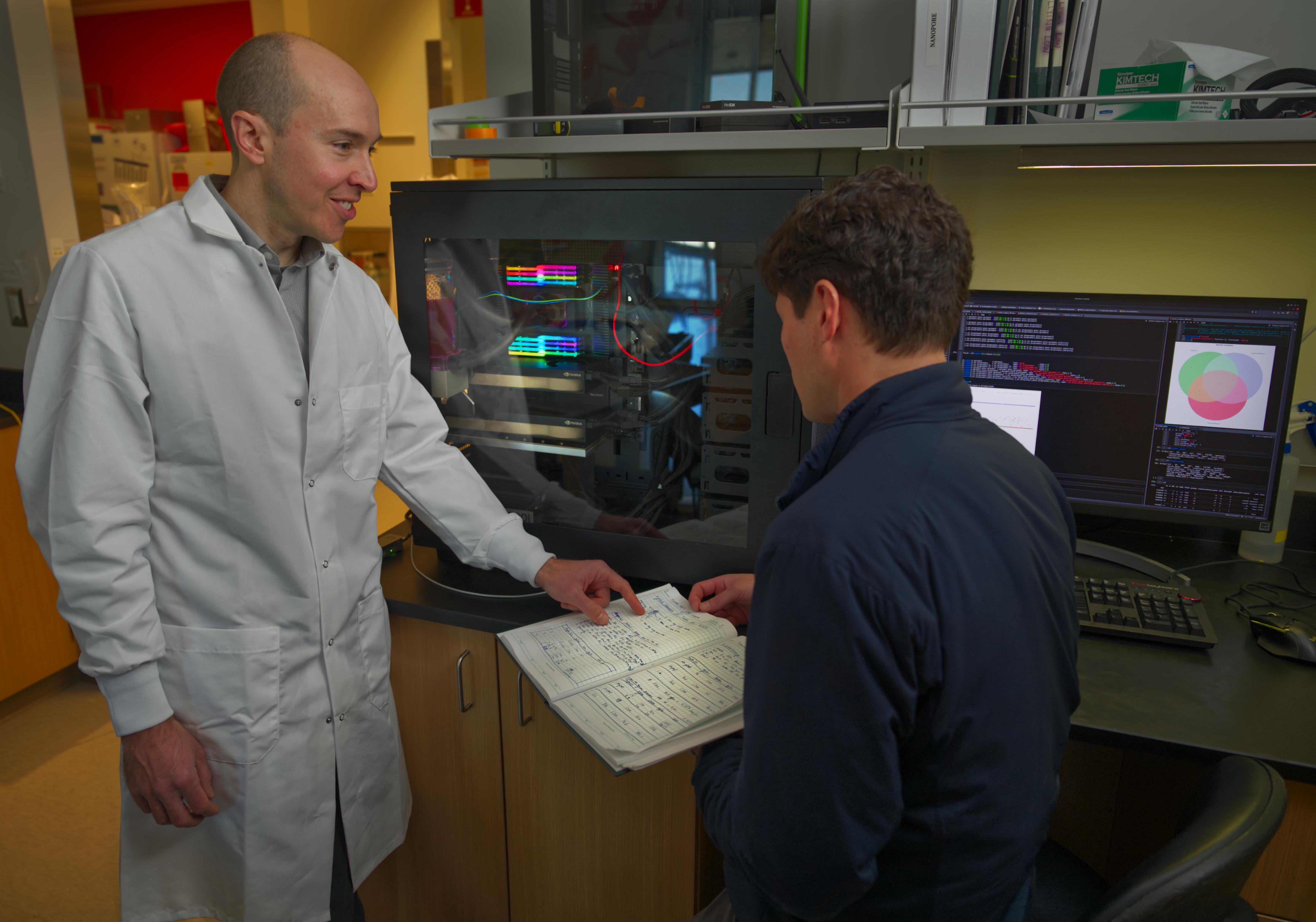
Buhr Lab
Our behavior and cellular biology synchronize with the 24-hour light cycles produced by the daily rising and setting of the sun. This is achieved through non-visual photoreception, or the activation of photoreceptors that function independently of vision. To synchronize sleep-wake cycles, our retinas transmit light information to our brain's central circadian clock using rods, cones and intrinsically photoreceptive ganglion cells.
The Buhr Lab has identified additional unique photoreceptors which allow for the cells within the retina to synchronize to sunlight. These photoreceptors are completely distinct from visual photoreceptors, like an extra eye for the retina itself. The synchronization of circadian clocks within the retina contributes to the retina’s response to photo damage and the long-term health of the tissue.
Outside of the retina, the Buhr Lab is also studying the role of non-visual photoreceptors in other areas exposed directly to light, such as the cornea and skin. Violet-light sensitive photoreceptor cells are induced in response to injury. Once active these cells activate pathways related to the synchronization of wound-healing mechanisms. An important next step is to understand the way that the signal is transmitted among the cells.
